The new 15-track fine pressing
Each side of the record consists of 15 tracks which have been cut from 1-4 and 5-15:
- 1. Frequency Sweep Left Channel 800 Hz – 50 kHz. Log. 28 sec. Linear cut* (800 – 20000 Hz ±1,5 dB)
- 2. Frequency Sweep Right Channel 800 Hz – 50 kHz. Log. 28 sec. Linear cut* (800 – 20000 Hz ±1,5 dB)
- 3. Frequency Sweep Left Channel 800 Hz – 50 kHz. Log. 28 sec. Linear cut* (800 – 20000 Hz ±1,5 dB)
- 4. Frequency Sweep Right Channel 800 Hz – 50 kHz. Log. 28 sec. Linear cut* (800 – 20000 Hz ±1,5 dB)
- 5. Reference tone 1000 Hz 5 cm/sec rms Left
- 6. Reference tone 1000 Hz 5 cm/sec rms Right
- 7. Reference tone 1000 Hz 5 cm/sec rms Left
- 8. Reference tone 1000 Hz 5 cm/sec rms Right
- 9. Tracking ability, lateral 50 μm peak
- 10. Tracking ability, lateral 60 μm peak
- 11. Tracking ability, lateral 70 μm peak
- 12. Tracking ability, lateral 80 μm peak
- 13. Tracking ability, lateral 90 μm peak
- 14. Tracking ability, lateral 100 μm peak
- 15. Square Wave Form 2.7 msec duty cycle 3:7
* The record has a constant velocity amplitude throughout the sweep.
1-4 Frequency sweep – a tool for checking frequency response
There are several factors which can affect frequency response, including cable capacitance, cartridge loading, tracking force and worn parts. Because of this, it can be difficult to achieve perfectly flat frequency response. Sometimes by making small compromises in the cartridge loading, a better overall frequency response can be achieved. Considering the above the signal must be clean throughout the sweep.
5-8 Reference tone for testing channel output
With this standard reference signal is it possible to check the correctness of the connections of the left and right channels, channel balance and speed of the turntable.
9 -14 Tracking ability test, 315 Hz lateral modulation
These tracks contain a 315 Hz signal, recorded at increasing pick amplitudes of 50, 60, 70, 80, 90 and 100 micrometers. Please refer to your cartridge’s tracking ability value specified in the technical data sheet. Your cartridge should be able to track the actual level without audible distortion. Inability to track can be heard as a departure from a pure tone or a sputtering and intermittent tone. To determine if it is one or both channels, the balance control can be utilized. In case of differing tracking ability in the left and right channels it is probably necessary to readjust the anti-skating correction of the tonearm. If both channels fail to track properly, then vertical tracking force should be increased until no further improvement of tracking force can be obtained.
15. Square Wave Form 2.7 msec duty cycle 3:7
When monitoring the output of your cartridge with an oscilloscope you’ll then see a square wave located precisely above each other if the connection from the cartridge is correct.
After successful completion of the above test procedures, you can ensure that your cartridge is optimized. Still the human ear is very sensitive to difference in tone distortion; its level depends on the stylus condition and record wear.



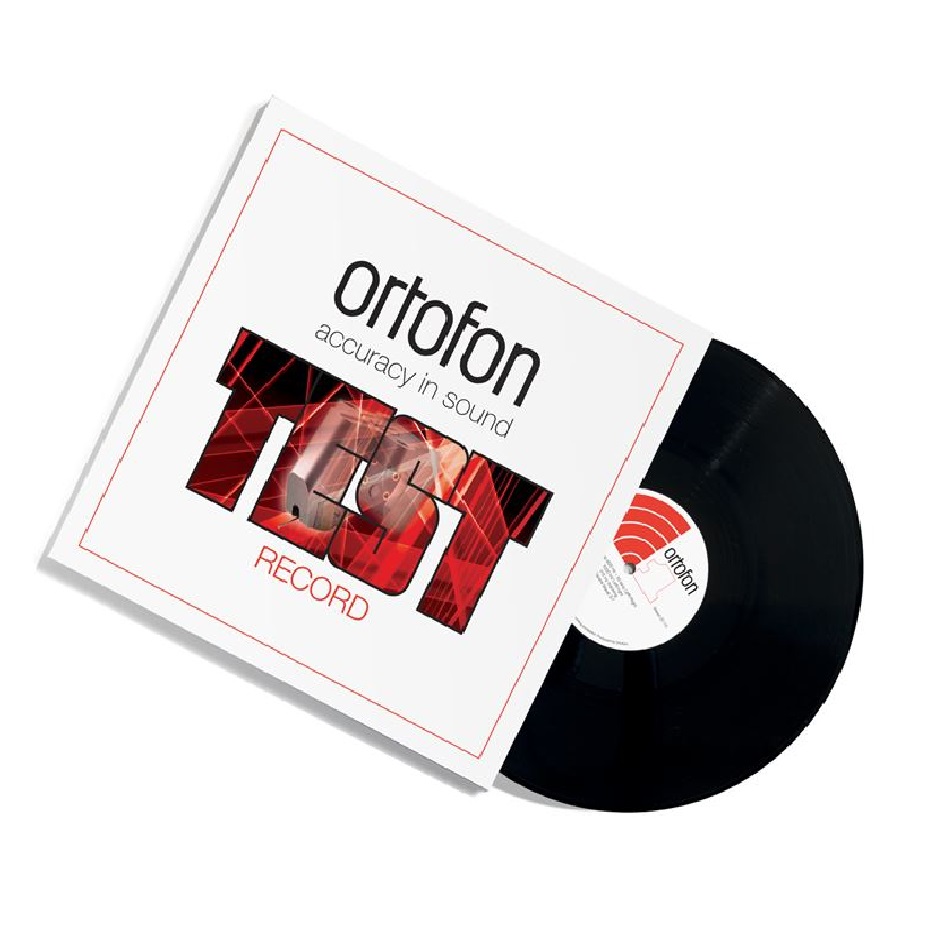
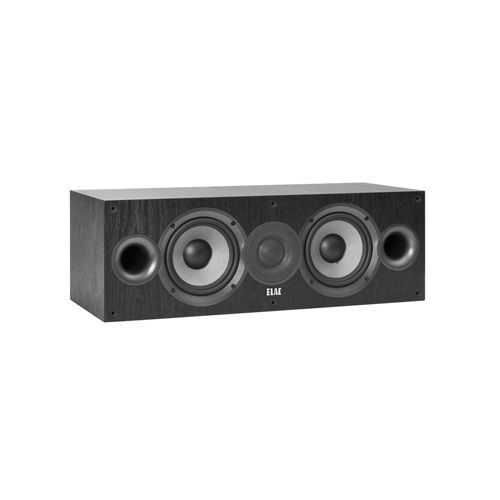


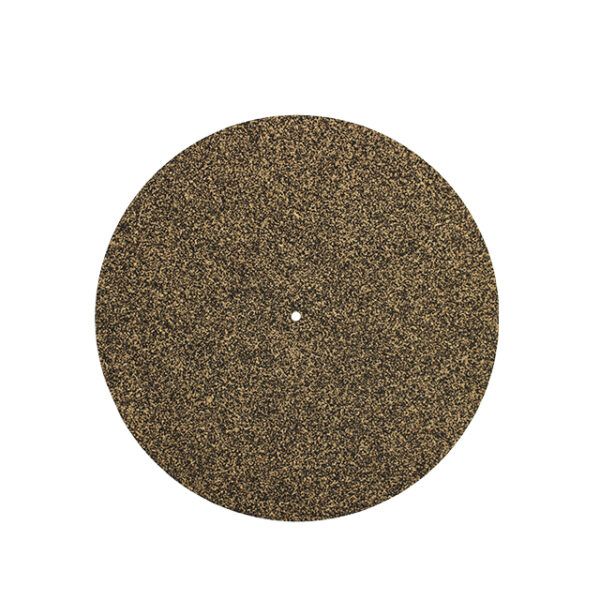
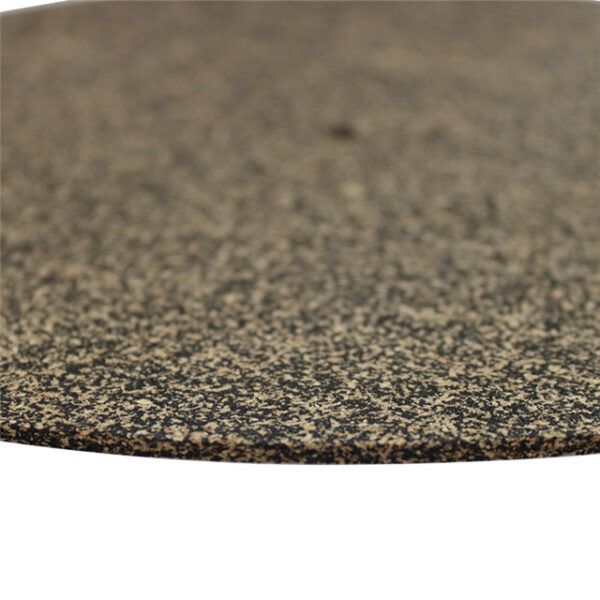


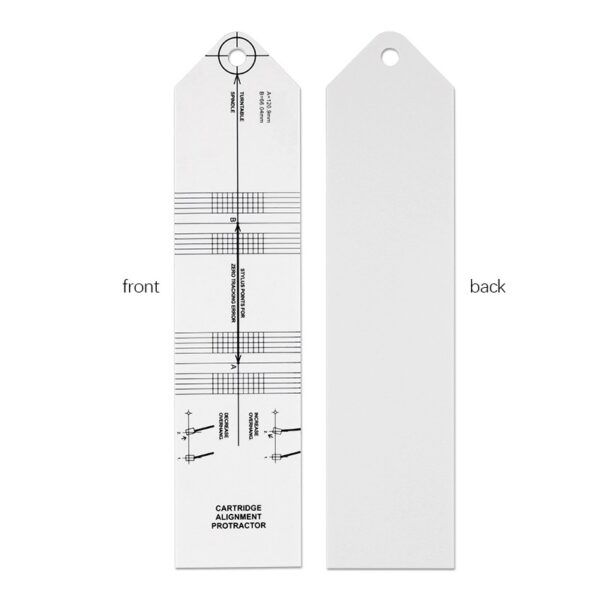


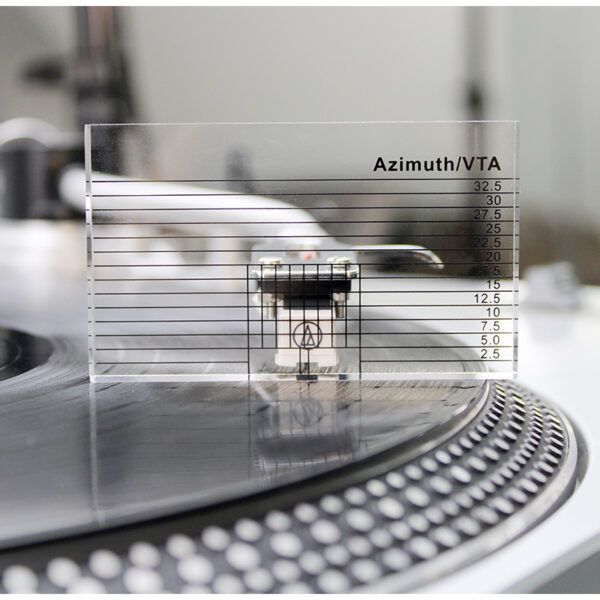
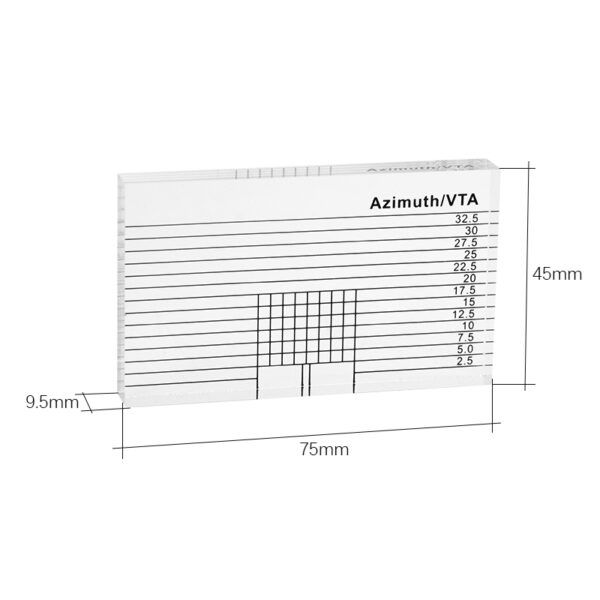
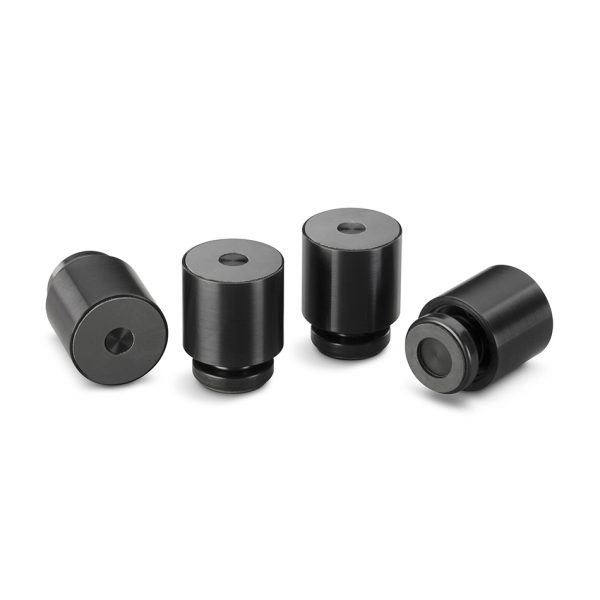
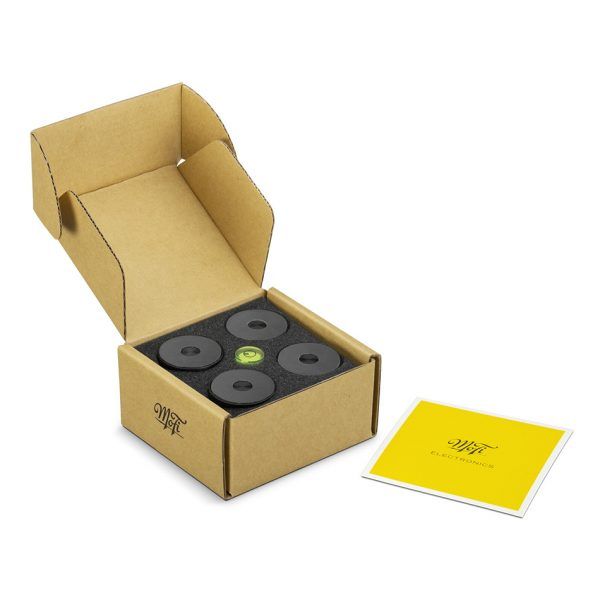
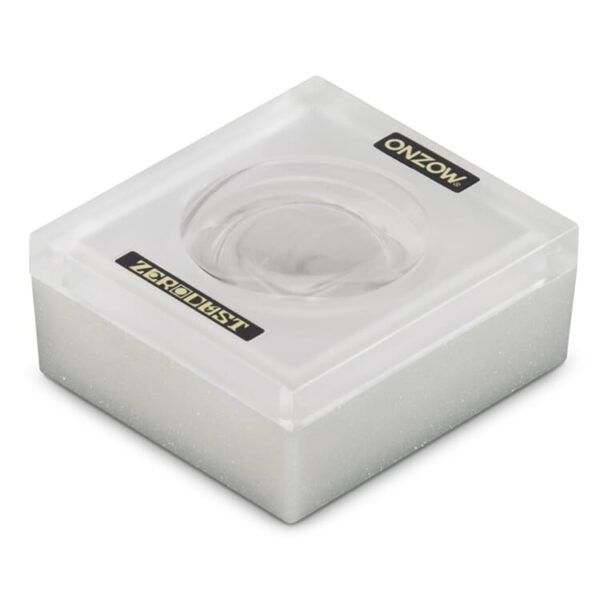
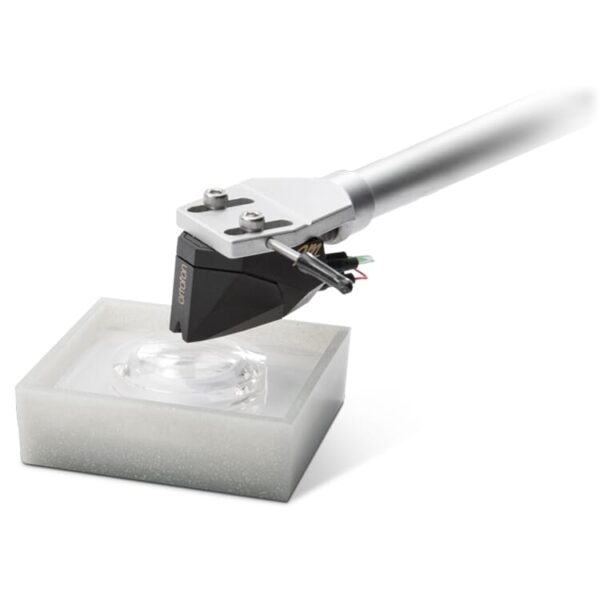

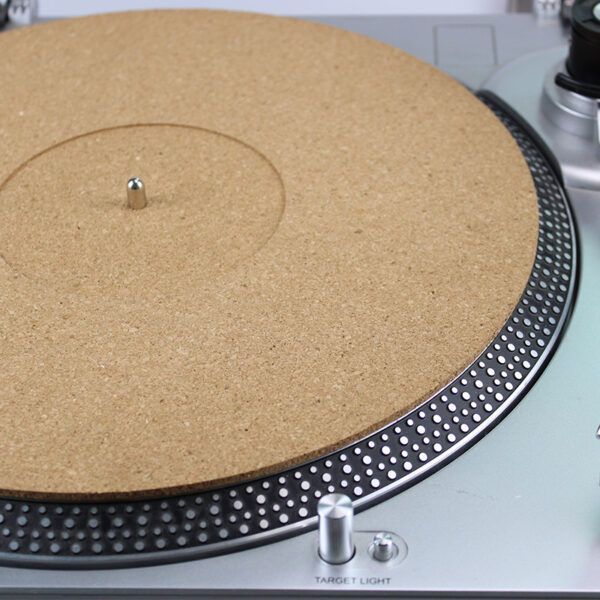

Reviews
There are no reviews yet.